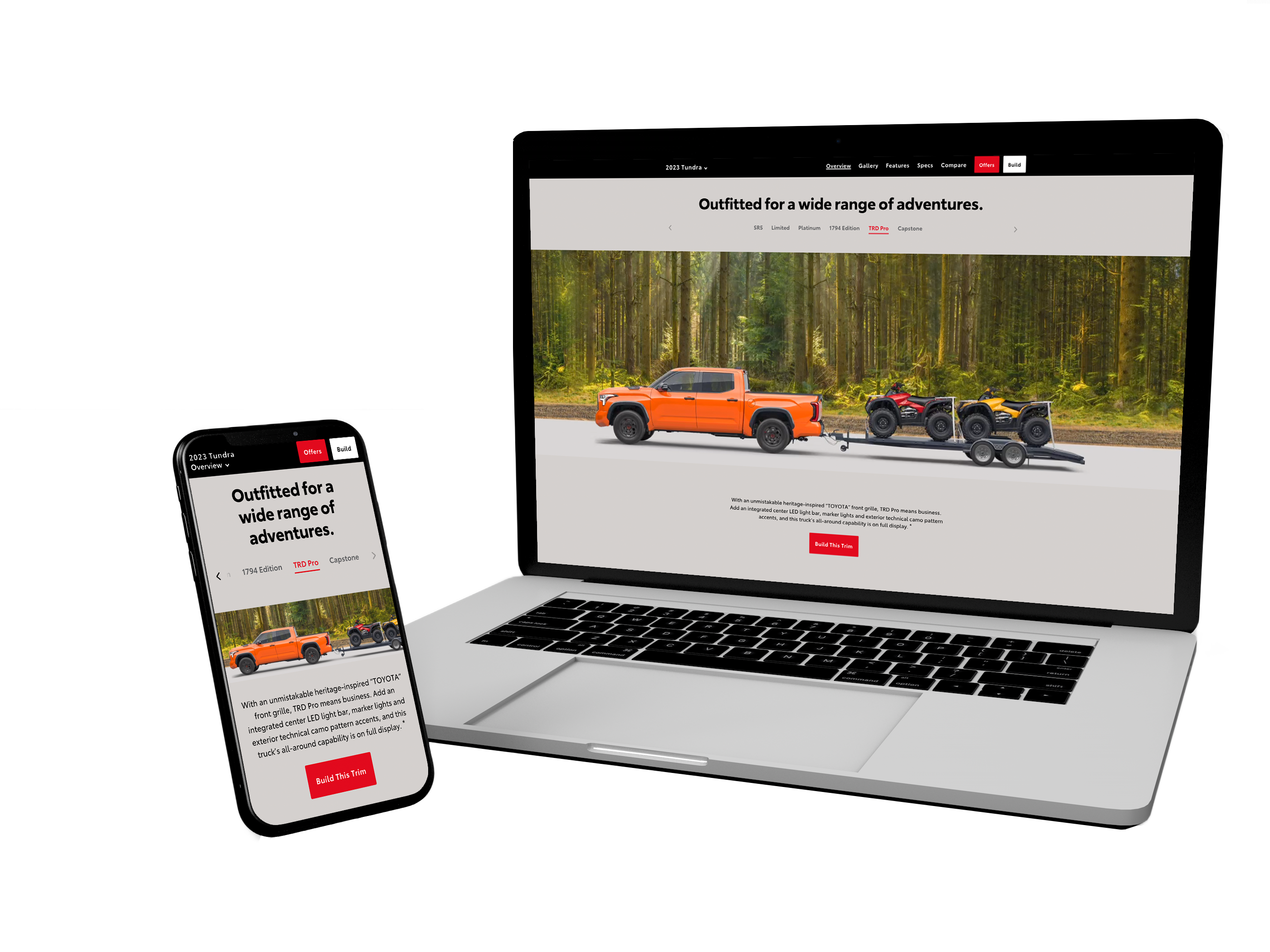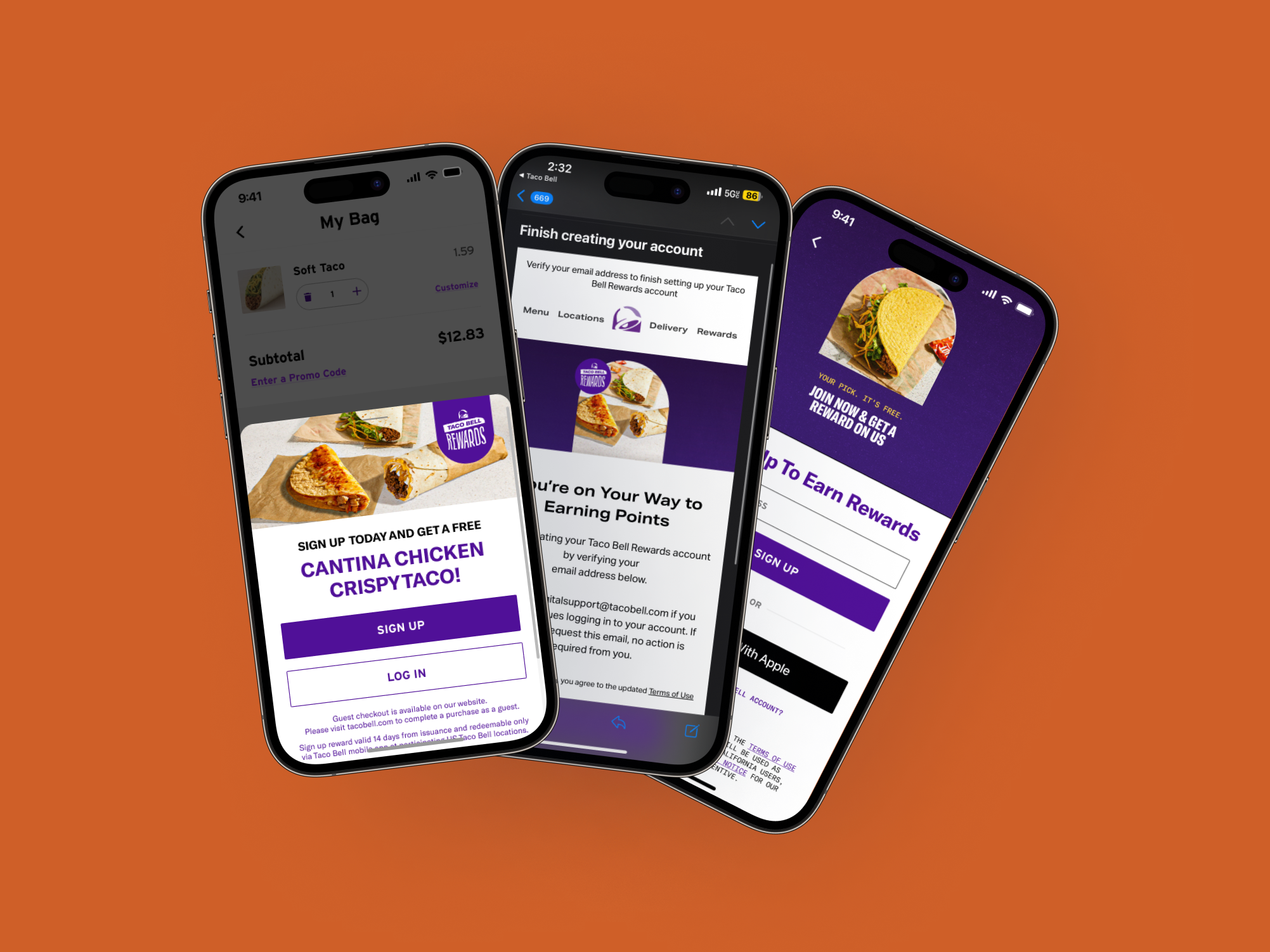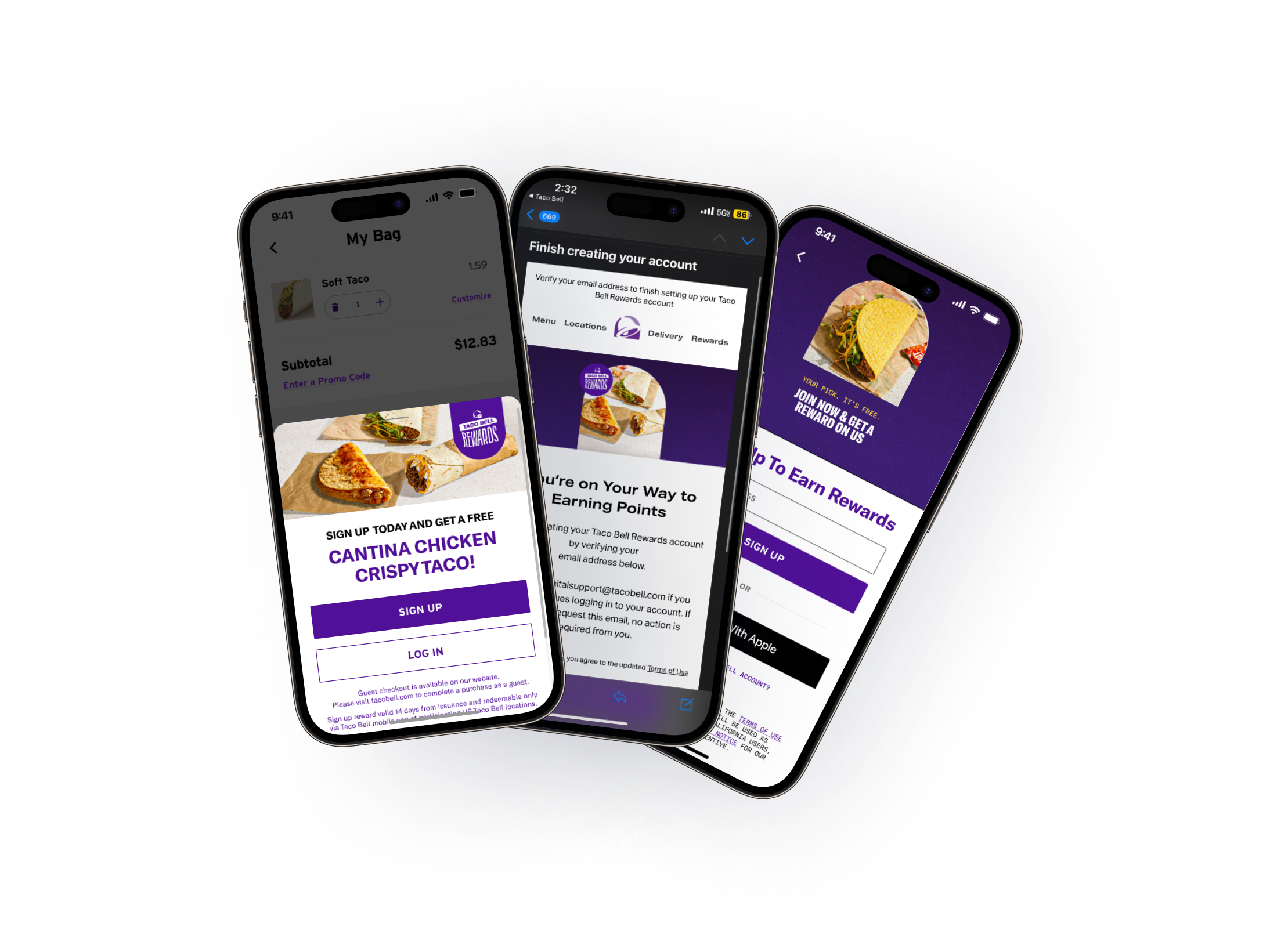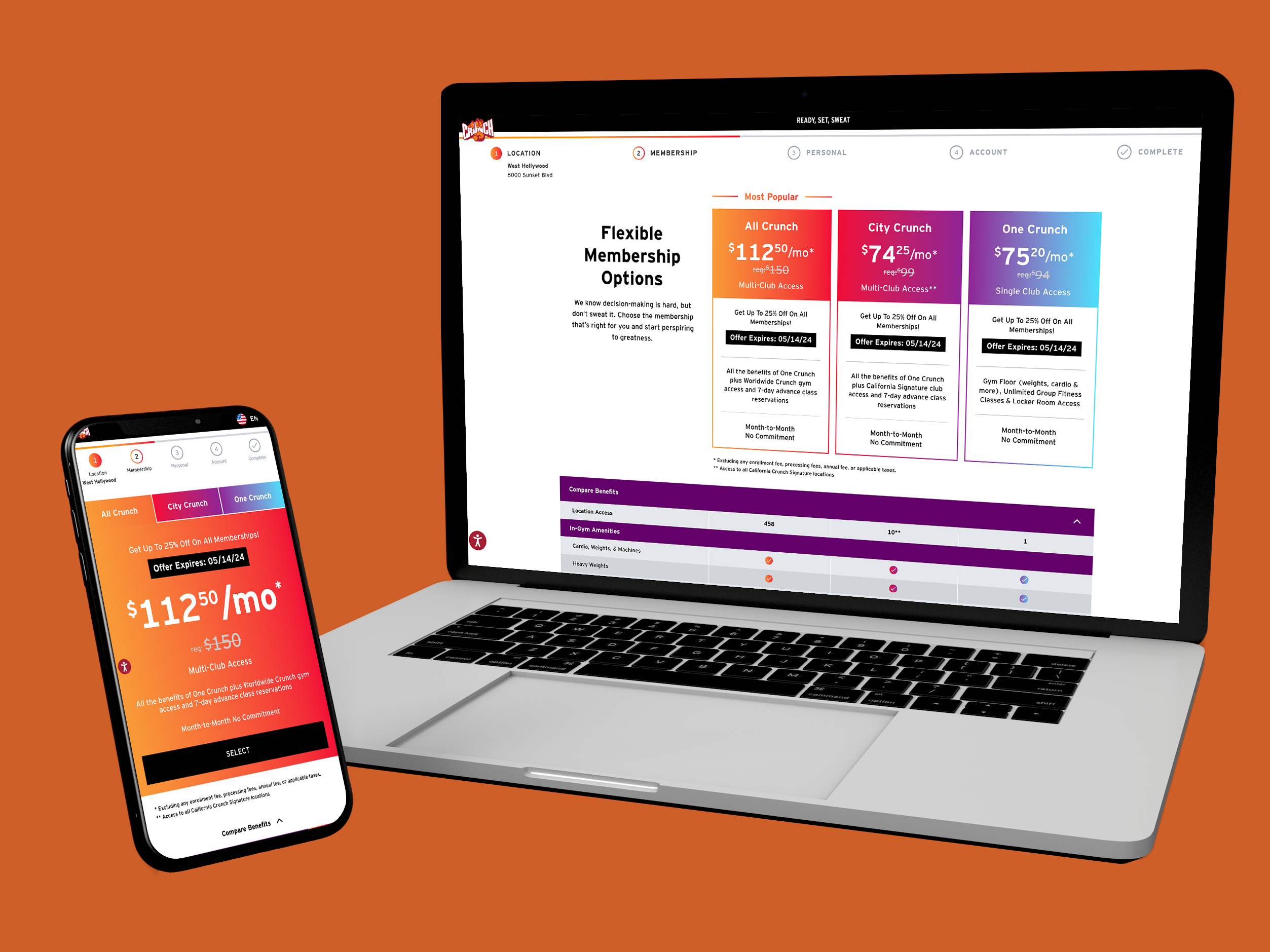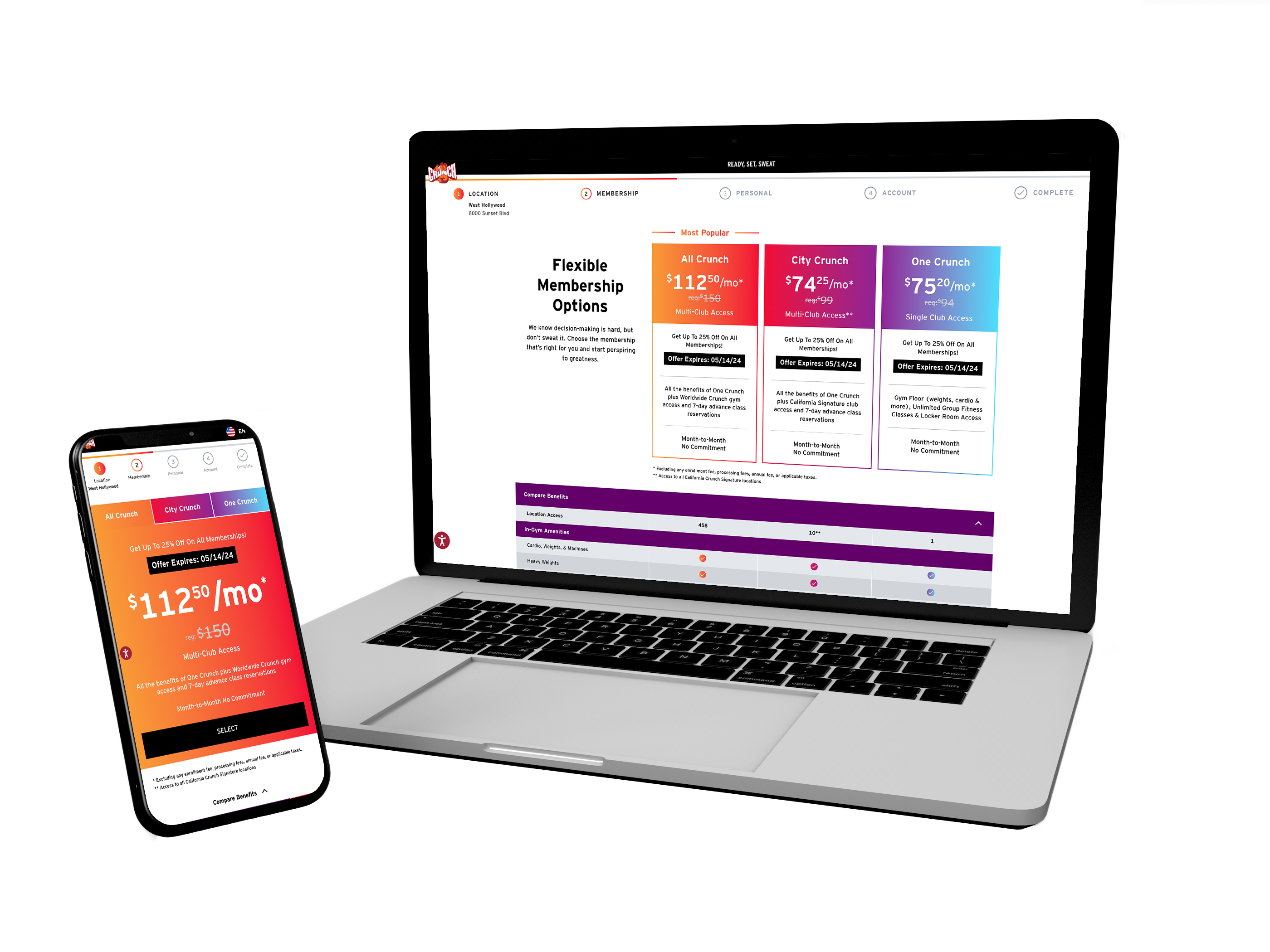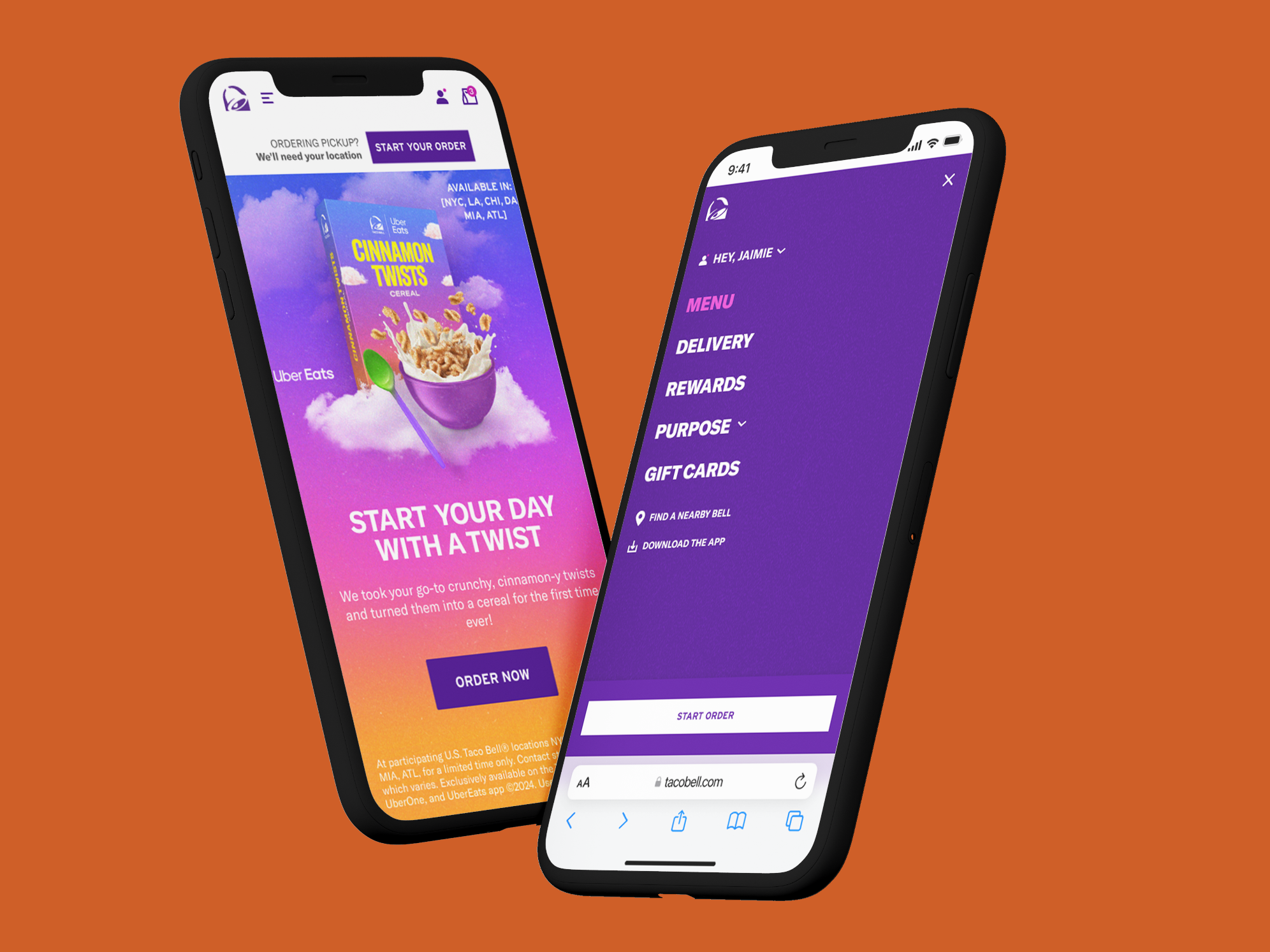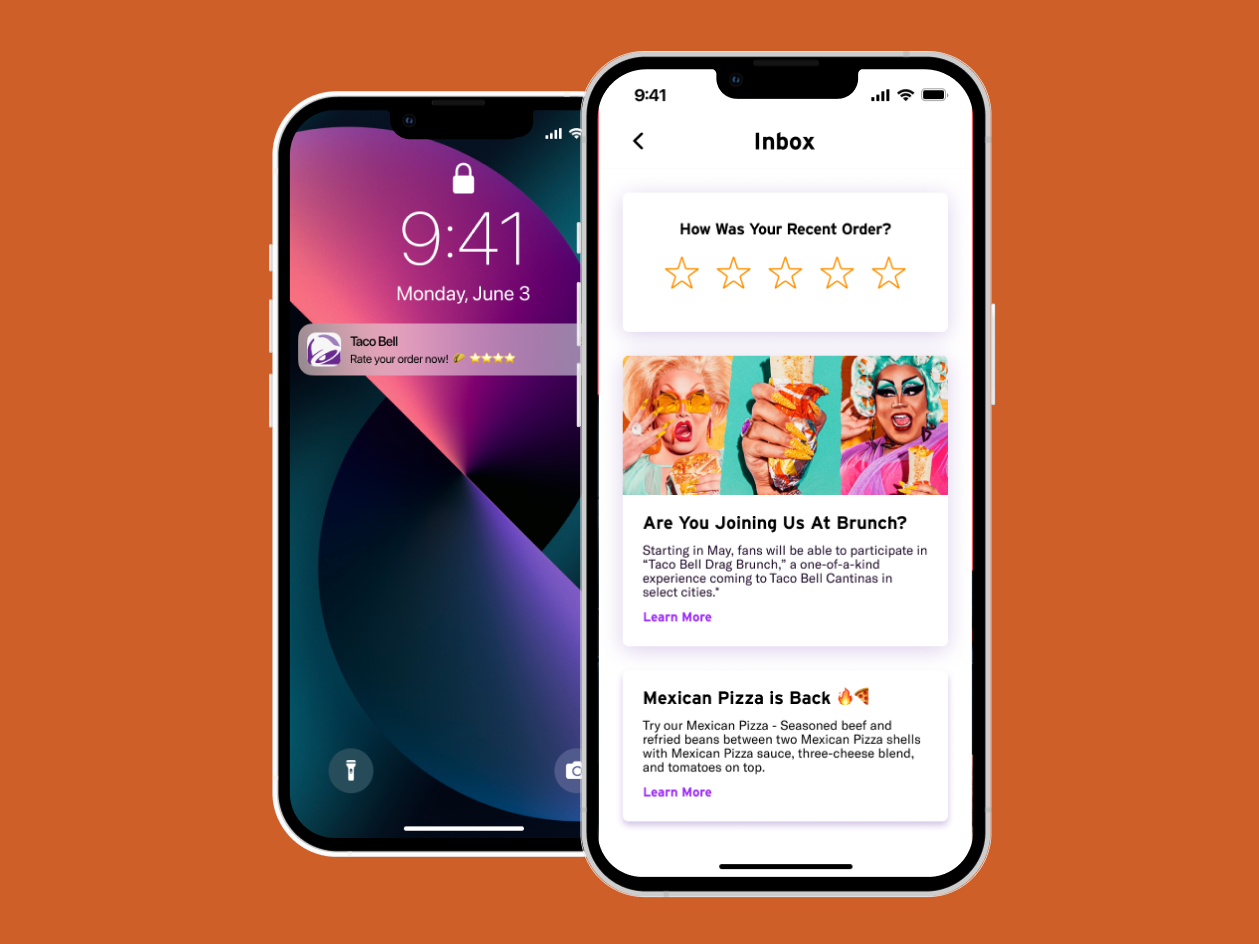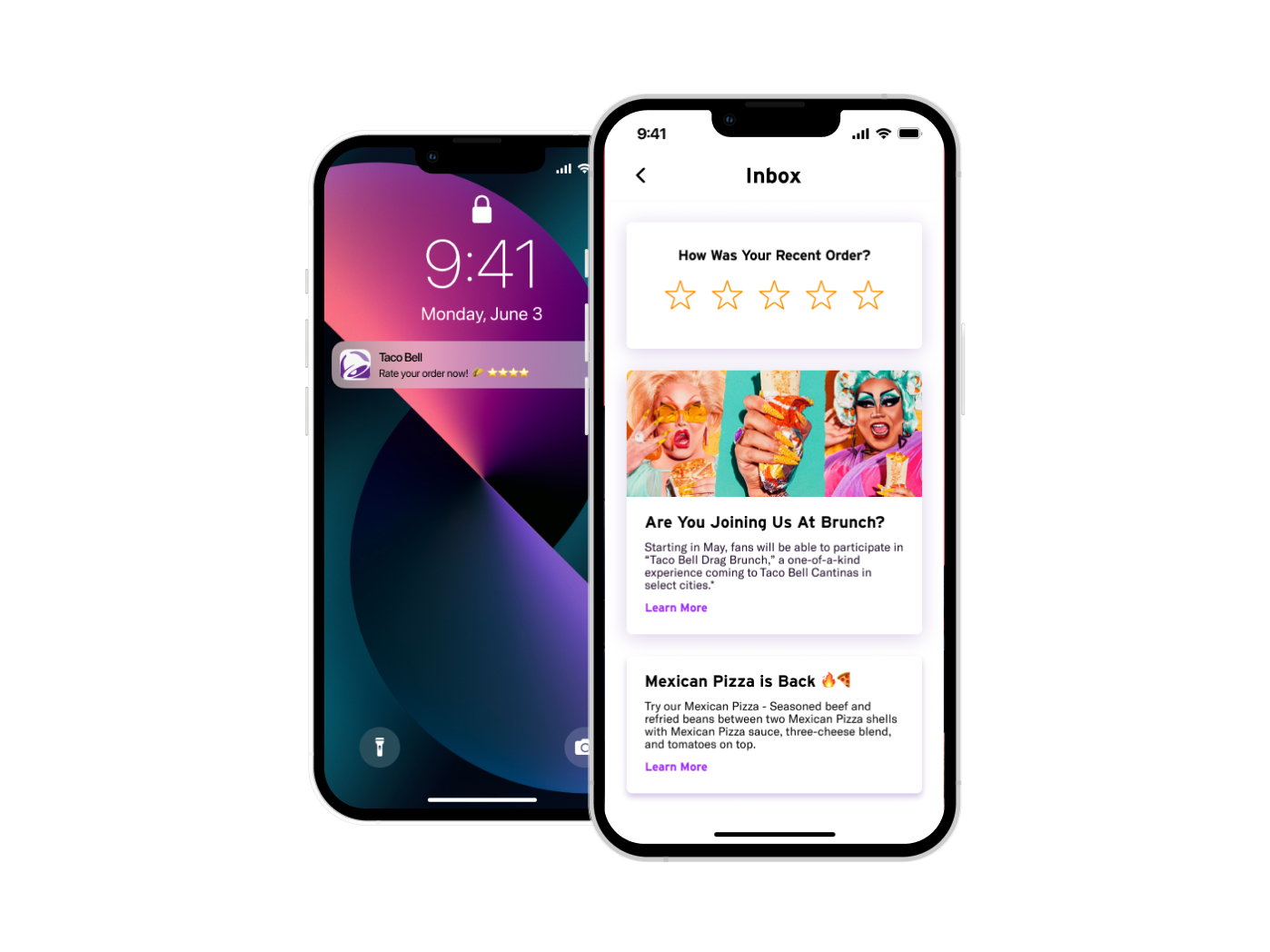Designing for Scalability: Taco Bell's First Atomic Design System
For my first project at Taco Bell, I was tasked with developing the company's first Atomic Design system, aimed at standardizing design across multiple platforms, including the mobile app (Android and iOS), web, and self-service kiosks. Before this initiative, Taco Bell relied on a variety of outdated tools like Photoshop, Adobe XD, and Sketch, often managed by different third-party design agencies. This resulted in a fragmented design history and process. The absence of a centralized, consistent design system led to inefficiencies, inconsistent design patterns, and lengthy revision cycles.
The goal of this project was to streamline the design and development workflows, improve consistency across Taco Bell's digital platforms, and reduce production time for the design team. By consolidating everything within Figma, the aim was to enhance collaboration and make the handoff process to development faster and more efficient.
My Approach & Contributions to the Design System
As one of two in-house designers at Taco Bell in 2022, I led the development of the company’s first Atomic Design System for the app and kiosk, collaborating with my counterpart to manage the web and app platforms. I conducted a comprehensive audit, componentized UI elements, and created reusable templates in Figma, building screen libraries for both app and kiosk. I worked closely with product managers and developers to ensure consistency with the live app.
Additionally, I organized and led lunch and learn sessions to support the team’s transition to Figma, ensuring a smooth adoption of the new design tool.
Conducting a Comprehensive Design Audit
I began by conducting a thorough audit of the existing components and design patterns across all platforms (Android, iOS, web, and kiosks). This involved reviewing and organizing various files, converting Sketch and XD components into Figma format to better understand their usage, and identifying any inconsistencies or areas that violated best practices, such as the 8px grid. The audit also helped uncover potential design debt and highlighted areas where custom components might be needed. This process laid the groundwork for establishing a unified and consistent design language across all platforms.
Implementing Atomic Design Principles
Using Atomic Design principles, I deconstructed UI elements into atoms, molecules, organisms, and templates to create reusable, scalable components. This made it easy to maintain consistency across different screen sizes and platforms while giving designers and developers flexible building blocks to work with.
Centralized Design System Creation
I used Figma to create a centralized design system, including components, colors, typography, and icons. This system served as a single source of truth for all design work, improving collaboration and streamlining the design-to-development handoff.
Collaborating with Development & Stakeholders
I worked closely with product managers and developers to ensure that the design components were implemented accurately and reflected the live app. Regular meetings with stakeholders allowed for feedback and adjustments, ensuring alignment with the overall product vision.
Creating Documentation & Guidelines
I developed clear, comprehensive documentation and guidelines for all components, styles, and best practices. This included straightforward explanations on how to use and implement components in designs, as well as specifications for exporting video specs or answering questions like character count limitations for content authors. These guidelines provided cross-functional partners with the tools they needed to maintain consistency and clarity when working with the design system.
Results
The Atomic Design system optimized Taco Bell's design process, enhancing efficiency and consistency across mobile, web, and kiosk platforms. Key outcomes included faster production through reusable Figma components, enabling quicker handoffs and greater consistency. Clear documentation empowered cross-functional teams, reducing dependency on designers, while the system also tackled design debt to support ongoing improvements.

